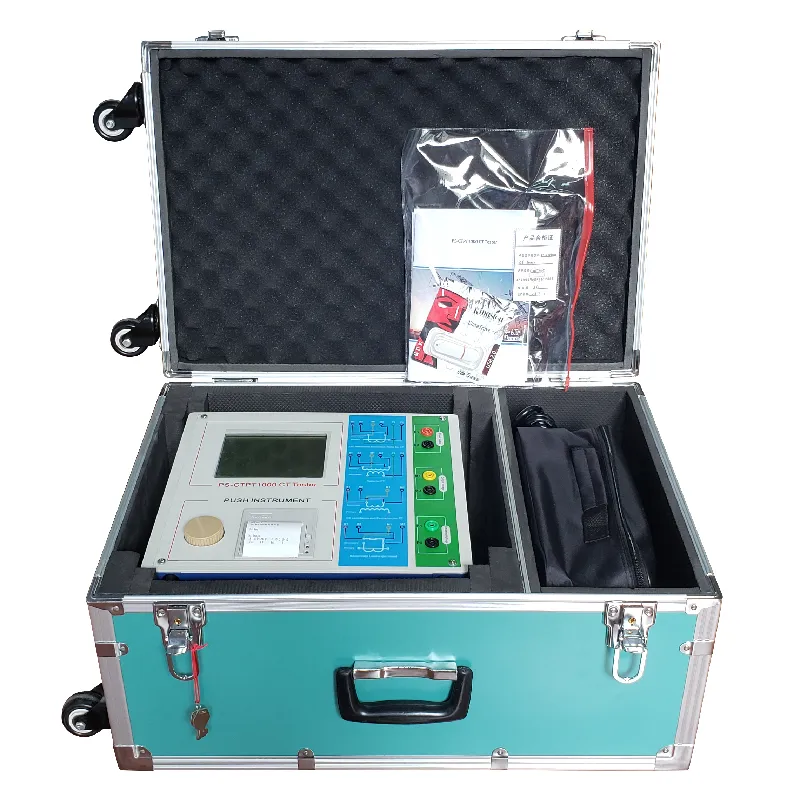 English
English


Designing a High Voltage Measurement Circuit for Accurate Electrical Performance Analysis
High Voltage Measurement Circuit Principles and Applications
High voltage measurement circuits are essential in various fields, including electrical engineering, renewable energy, and industrial applications. These circuits are designed to accurately measure voltages that are significantly higher than typical low-voltage systems. Due to safety concerns and the potential for component damage, specialized techniques and components are required to handle high voltage levels safely and effectively.
Understanding High Voltage
High voltage is generally defined as voltage levels above 1000 volts for alternating current (AC) and above 1500 volts for direct current (DC). The measurement of such high voltages poses unique challenges, including the risk of electric shock, arcing, and equipment breakdown. Therefore, a high voltage measurement circuit must ensure accuracy while prioritizing safety.
Basic Components of High Voltage Measurement Circuits
1. Voltage Divider One common method for measuring high voltages is using a voltage divider circuit. This circuit utilizes two resistors connected in series, which allow the reduction of the high voltage to a level that can be safely measured by a standard multimeter or analog-to-digital converter (ADC). The voltage is divided based on the ratio of the resistors, and the output voltage can be calculated using Ohm's law.
2. Isolation Isolation is critical in high voltage measurement circuits. Isolation transformers or opto-isolators are often employed to prevent high voltage from damaging sensitive measuring instruments. These devices create a barrier between the high voltage source and the measuring equipment, ensuring that any fault does not compromise the safety of the operator or the integrity of the measuring instruments.
3. High Voltage Probes Specially designed high voltage probes are another crucial element in these circuits. These probes can measure high voltage levels directly and are engineered with high insulation resistance to prevent breakdown under high voltage conditions. They typically incorporate a series resistor that allows for voltage division within the probe itself.
high voltage measurement circuit

4. Instrumentation Amplifiers For enhanced accuracy, instrumentation amplifiers can be used. These amplifiers are designed to amplify the small signals resulting from the voltage divider without introducing significant noise, thus ensuring precise measurements.
Safety Considerations
Safety is the paramount concern when designing high voltage measurement circuits. All components must be rated for the maximum voltage expected in the application. Adequate insulation, proper grounding, and the use of protective equipment for operators are crucial. Engineers must also design circuits to minimize exposure to live parts during measurements and consider the potential for transient surges that could affect accuracy or safety.
Applications of High Voltage Measurement Circuits
High voltage measurement circuits are widely used in various applications. In the power industry, they are crucial for monitoring transmission lines and substations to ensure that systems operate within safe and efficient voltage ranges. In renewable energy, these circuits help manage solar inverters and wind turbine controllers, allowing for effective integration with the electrical grid.
In laboratory settings, high voltage measurement circuits are used to test components and materials for their dielectric strength and insulation properties. Finally, research and development in electrical engineering heavily rely on precise high voltage measurements to innovate new technologies and improve existing systems.
Conclusion
High voltage measurement circuits play a vital role in ensuring the reliability and safety of electrical systems. By understanding the components and principles involved in these circuits, engineers and technicians can effectively measure high voltages while adhering to safety protocols. As technology advances, the development of more sophisticated measurement techniques and devices will continue to enhance our ability to work with high voltage electrical systems effectively and efficiently.
-
Differences between open cup flash point tester and closed cup flash point testerNewsOct.31,2024
-
The Reliable Load Tap ChangerNewsOct.23,2024
-
The Essential Guide to Hipot TestersNewsOct.23,2024
-
The Digital Insulation TesterNewsOct.23,2024
-
The Best Earth Loop Impedance Tester for SaleNewsOct.23,2024
-
Tan Delta Tester--The Essential Tool for Electrical Insulation TestingNewsOct.23,2024





